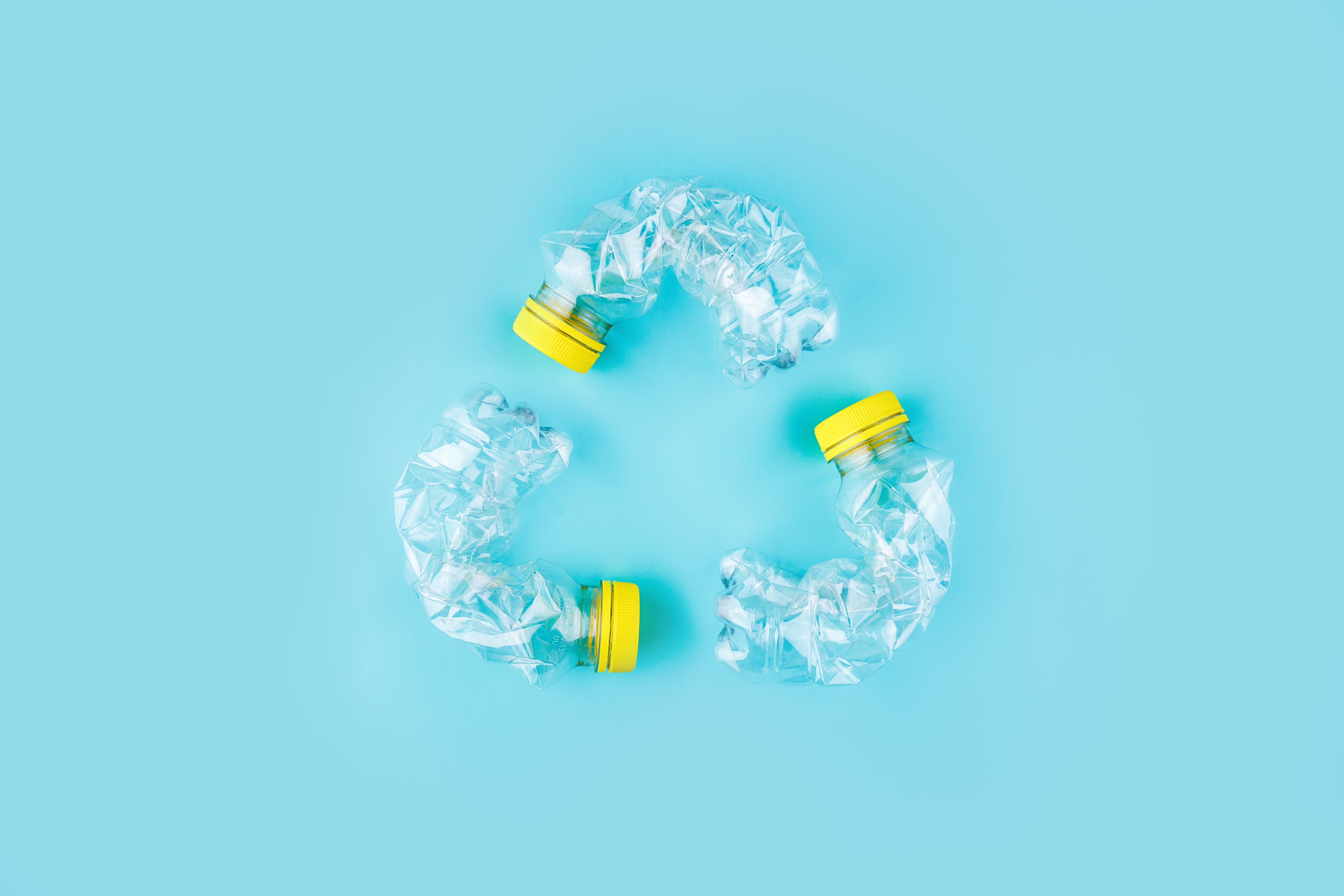Lightweight flexible plastic packaging: a commitment to sustainability
The composition of packaging is fundamental in preventing and reducing its environmental impact, as well as in promoting its reuse or recycling and reducing its waste disposal. In this context, we will focus on lightweight flexible plastic packaging and its characteristics, which make it one of the most environmentally efficient materials. Here are some of its key features:
What is lightweight packaging?
According to the Spanish Law on Packaging and Packaging Waste, packaging is any product made of materials of any nature and used to contain, protect, handle, distribute or present goods, from raw materials to finished articles, at any stage of the manufacturing, distribution and consumption chain. (*)
Within packaging, those whose common characteristic is a low weight/volume ratio are known as lightweight packaging, consisting of plastic bottles and jars, plastic film, cans and briks, beverage cartons and other mixed packaging. These are classified into three groups, depending on the materials of which they are composed and their subsequent recycling:
- Plastics: Composed of natural or man-made polymeric materials (mostly), transformed by the application of heat and pressure.
- Metallic: These mainly consist of ferrous or brass cans and aluminium cans that have contained foodstuffs. This group also includes aerosols.
- Mixed: Composed of various materials, such as briks, mostly made of cardboard and to a lesser extent of plastic and/or aluminium.
Given its typology, light packaging is a type of waste that is mainly generated in the domestic environment. It is mainly food and beverage packaging, to which must be added that derived from personal and household hygiene products. In this sense, social awareness and environmental awareness among end users is a fundamental pillar for progress in the management of recycling.
How is lightweight packaging recycled?
All lightweight packaging must be labelled with the Green Dot recycling label to identify it. Good separation at source is essential for the optimal exploitation of waste, which is why it is collected in the yellow container. It is advisable to empty, separate and compact lightweight packaging so that it takes up as little space as possible, making collection more efficient.
Given that plastic takes 700 years to degrade, in the case of lightweight plastic packaging, it is essential to reduce consumption, reuse and recycle - the three basic actions of the circular economy - in order to reintroduce it into the production chain.
Although most plastics are recyclable, there are some that, due to their particular characteristics, are not usually recycled in the conventional way. This is the case of PVC (Vinyl or Polyvinyl Chloride) and PS (Polystyrene). However, this does not mean that they are disposed of after their first use, as these materials are also used for purposes other than their original use after processing, especially as building materials.
All packaging placed in the yellow container is taken to a plant where the materials are separated and sorted by colour. Once sorted, the containers are crushed and washed to remove impurities. They are dried and centrifuged in order to eliminate any remaining residues and homogenised in a mechanical process to achieve a uniform colour and texture. After further cleaning of the material, the plastic is ready to be given a new shape and colour as required, after which it undergoes the relevant quality controls.
Flexible plastics: functional and environmental benefits.
Flexible plastic is, within lightweight plastics, made up of one or more sheets composed of plastic material, giving it many advantages, including great resistance to transport and handling, as well as resistance to tearing and impact, improving food preservation, providing a high barrier to multiple factors such as gases, aroma and light, and allowing different processes, such as sterilisation, to be carried out.
The greatest advantage of flexible plastics lies in their sustainability, as they require lower energy consumption, reducing the associated pollutant emissions and their economic cost. They also generate less waste than other types of plastics and other materials and reduce the carbon footprint, thanks to the reduction of environmental costs, raw materials, transport optimisation and the use of recycled materials. In short, flexible plastics represent a highly efficient circular economy (reduce-reuse-recycle) in which this material is reintegrated back into the production chain.
At Volpak we make it our business to have a detailed understanding of recycling processes in order to create packaging that is easier to recycle. In this way we can not only become a more sustainable company, but also help our customers to produce packaging with a higher level of recyclability.
Thanks to our specialised PouchLab centre, we can also test and analyse the performance of the various 100% recyclable materials in real production environments. We make this centre available to our customers to help them explore new packaging possibilities for their products that will have the least possible impact on the environment.
